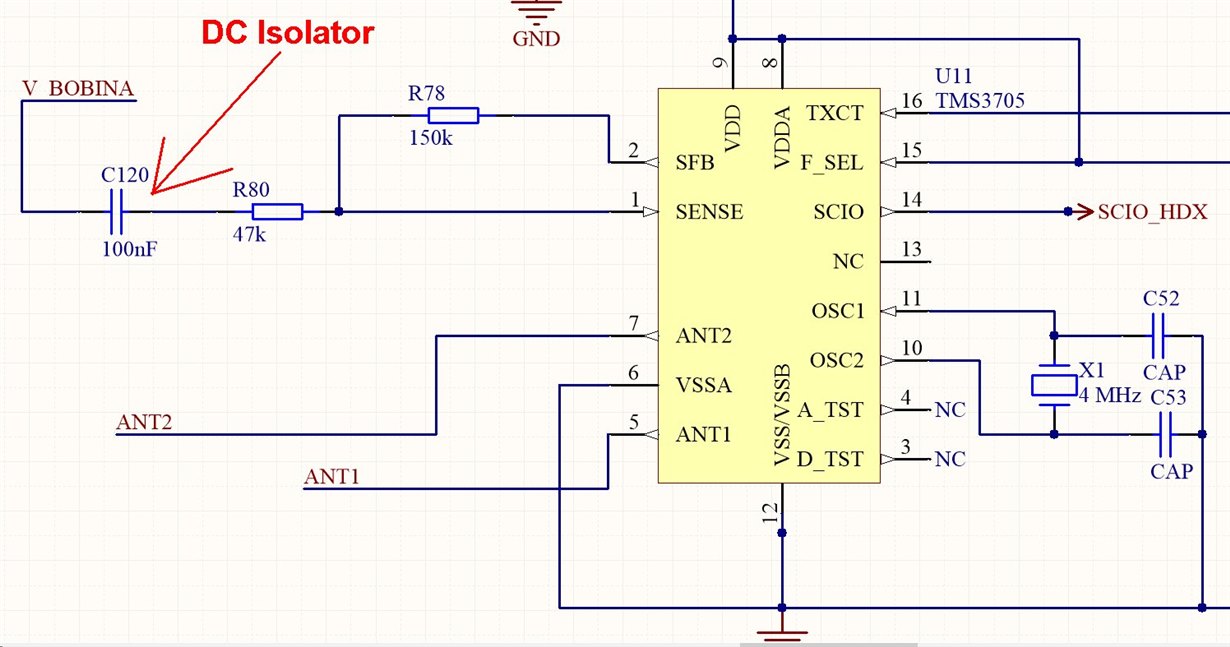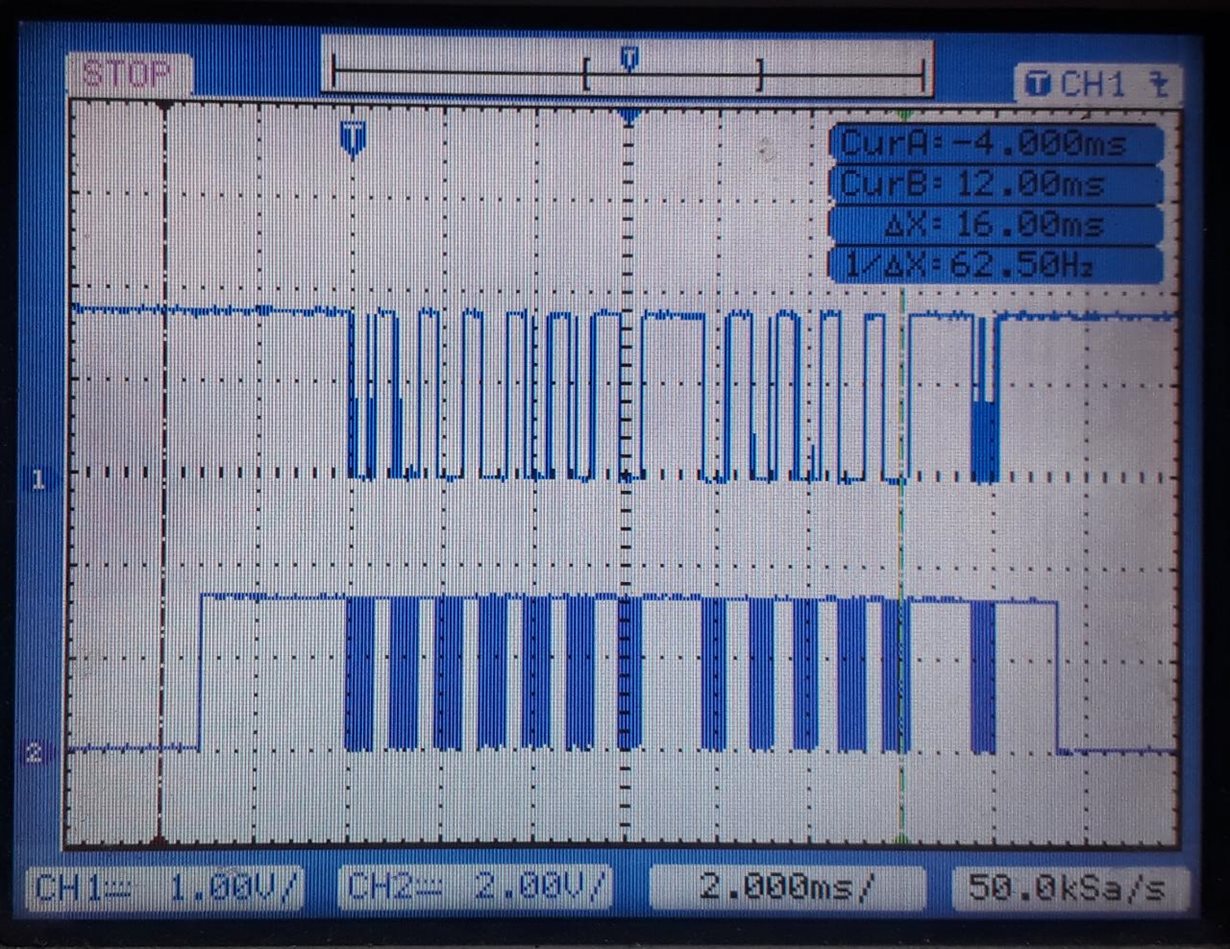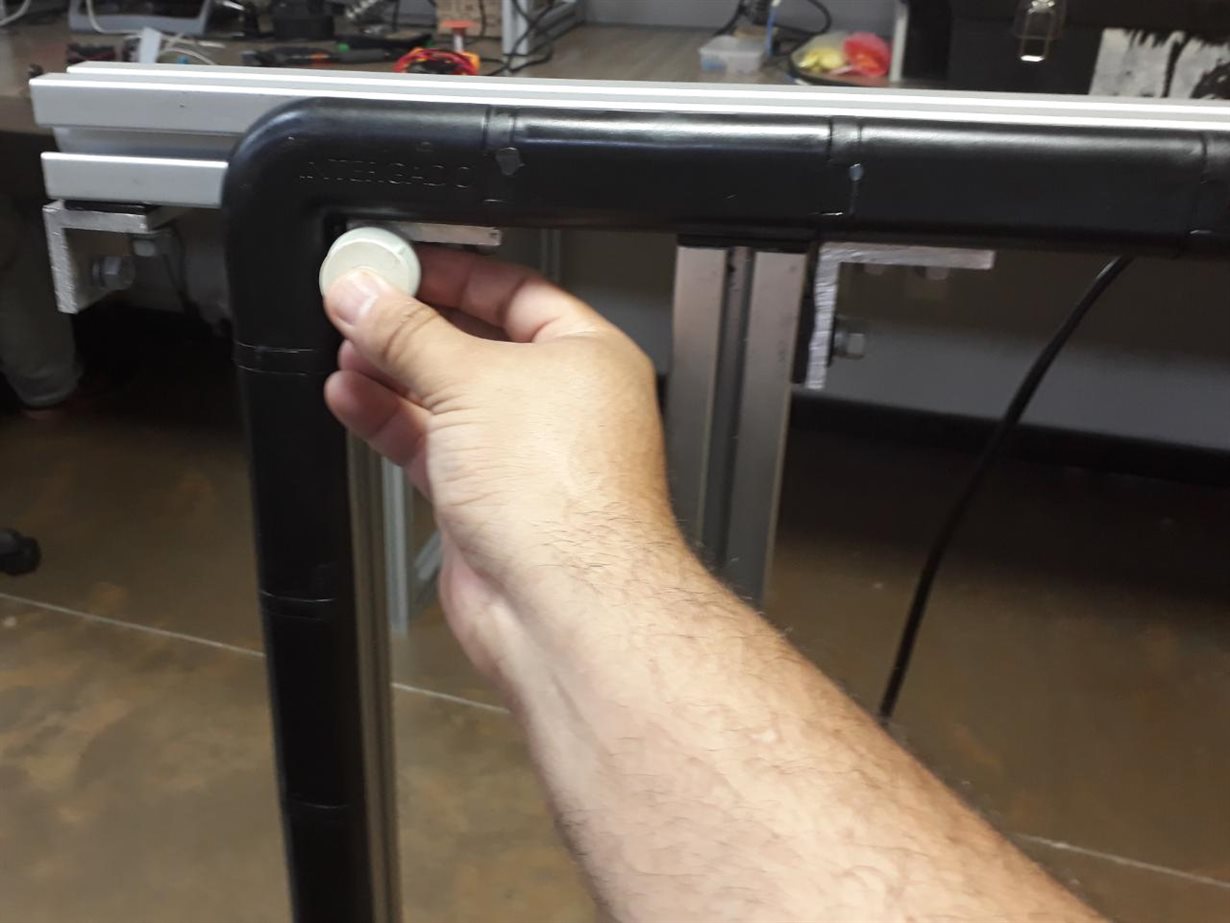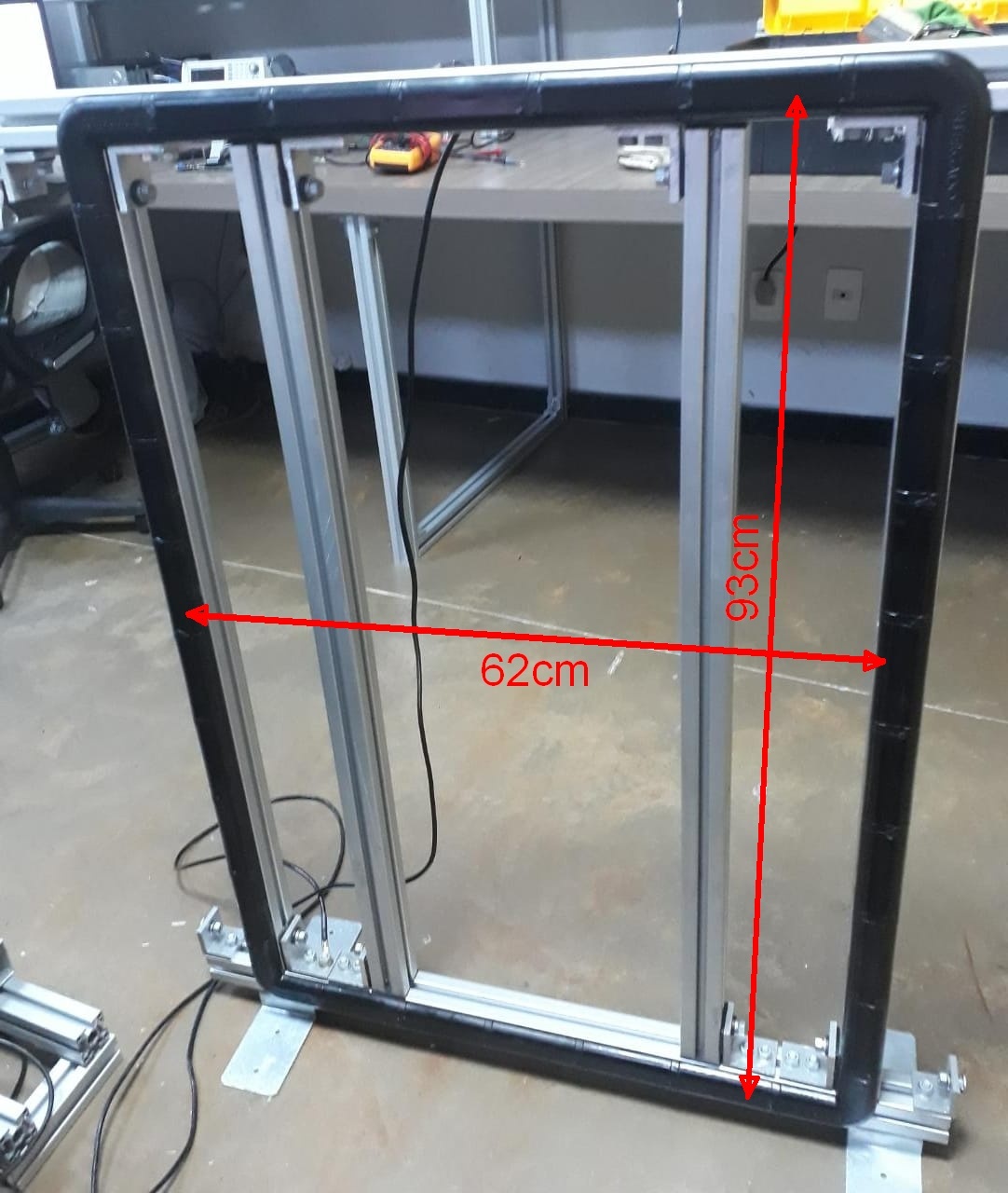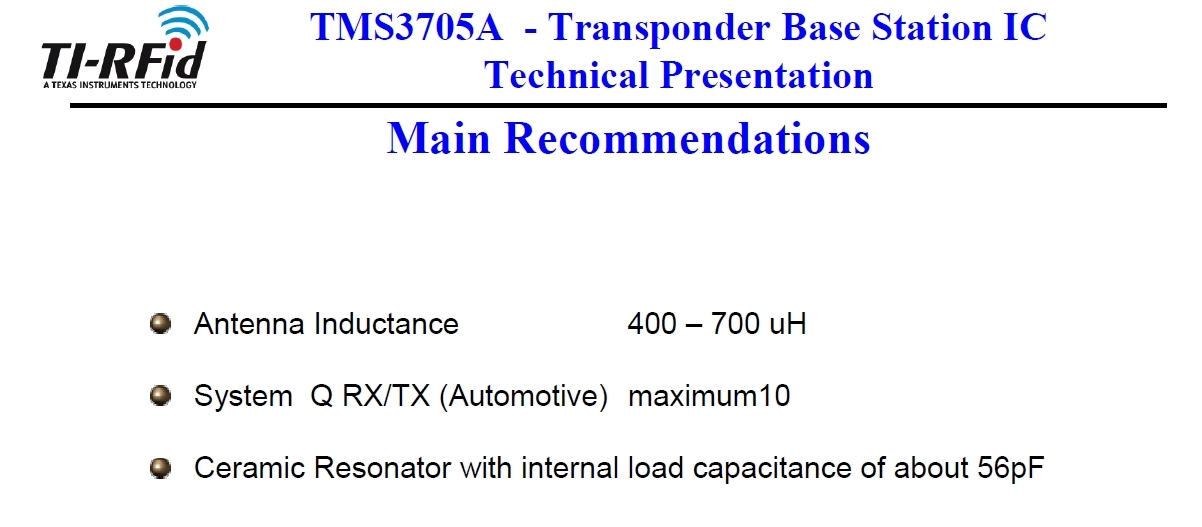Hi
My name is Cleber and my enterprise makes an automated feed that reads Tags FDX, and now, we are developing a board that must read HDX tags.
But I am having many problems to setup commands on TMS305.
At this moment, all thing I did following information described on the datasheet makes me get no result.
After many days trying to get a tag Reading, I only get a Diag return, that sends a byte that has no Meaning for me because Datasheet doesn't have any reference about what does it byte received from TMS3705 means. Second, Using the sequence and timing suggested present inside datasheet, I get no tag reading from TMS3705 even seeing that data returned from a tag is on signal returned by antena coil.
I found some image examples on the internet (even here in Ti e2e) but it does not specify detailed information (like time base) that is necessary to be implemented to ensure that Header will returns data from tag.
Who can help me to implement this?


